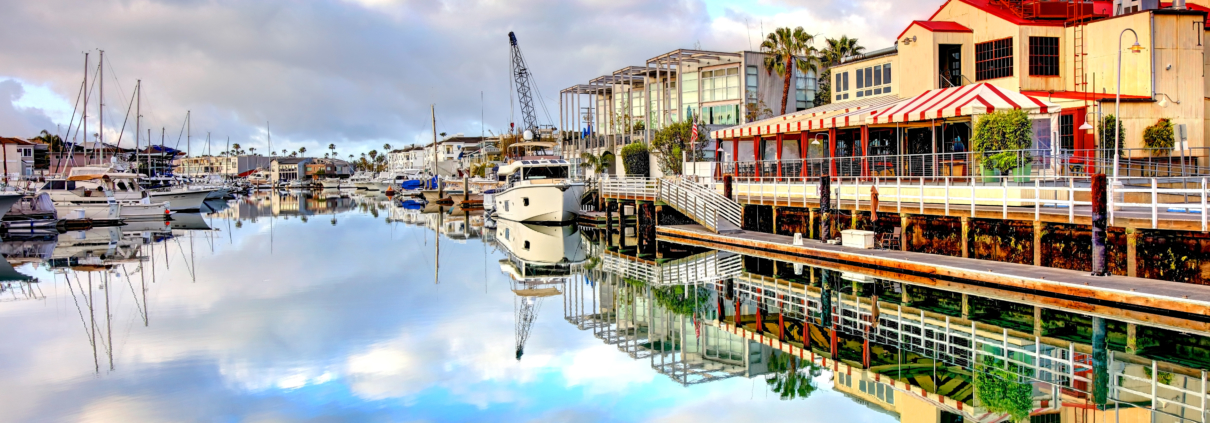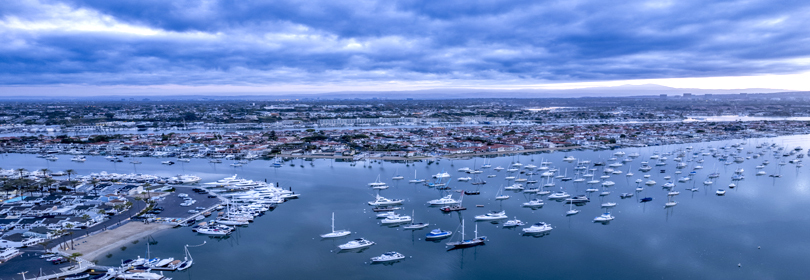Balboa Island ferry no longer in jeopardy after getting $7.9 million grant
March 20, 2024
Source: KCAL News
Newport Beach has a handful of iconic attractions that have stood the test of time: The Newport Pier, which replaced the original McFadden Wharf (1888-1939) and is registered as a California Historical Landmark; the Balboa Pavilion, which opened on July 1, 1906 and is the city’s oldest standing building; and the Balboa Island Ferry, which went into service in 1919 to bring cars and passengers across 900 feet of water between Balboa Island and the Balboa Fun Zone.
Michele Gile reports from Newport Beach with Seymour Beek, where many are celebrating that the beloved Balboa Island ferry’s fate is no longer in jeopardy after receiving a $7.9 million grant to convert from diesel to zero-emissions operations by 2025.





Leave a Reply
Want to join the discussion?Feel free to contribute!